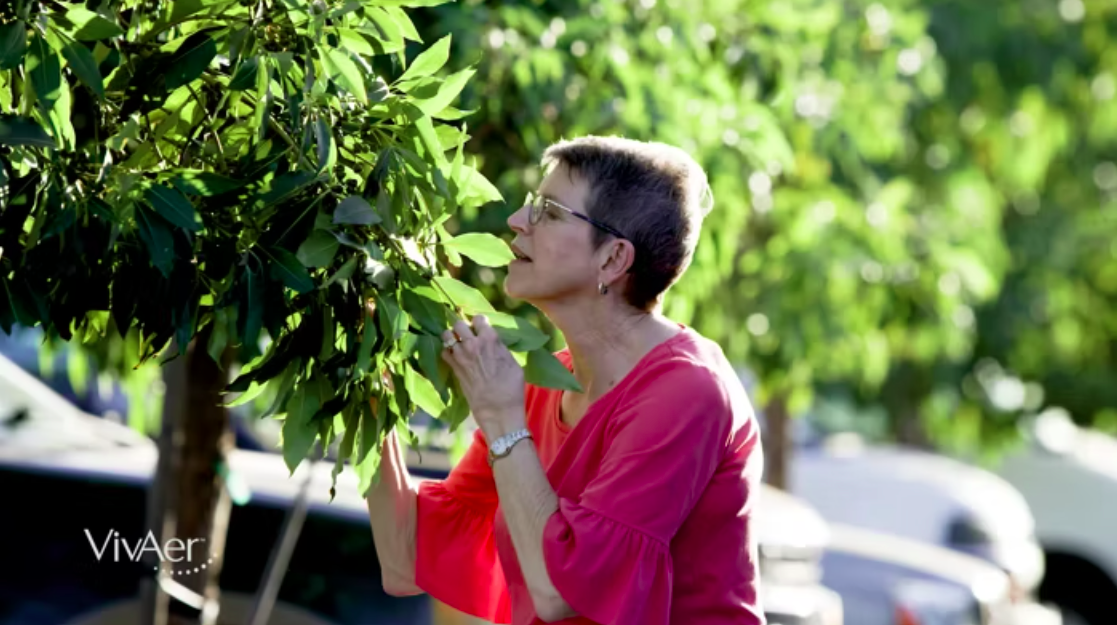


NAO US SUFFERERS1
Do you regularly feel like you can’t breathe easily through your nose? Maybe it’s affecting your quality of sleep, or you find it hard to exercise. If so, you may have a common and often undiagnosed condition called nasal airway obstruction, or NAO.
NAO US SUFFERERS1
NAO is caused by an anatomical narrowing or blockage in the nasal airway that can hinder airflow and make it feel difficult or nearly impossible to breathe through your nose. People with nasal airway obstruction talk about feeling “blocked,” congested, or stuffy nearly all the time. Home remedies and medications can offer some temporary comfort, but for those struggling with chronic nasal obstruction, remodeling the nasal airway is a proven way to find lasting relief. Visit FAQ page
Not sure if you have nasal airway obstruction? Try these quick assessments to see if you may suffer from NAO:
This test helps assess improvement in nasal breathing.
This brief questionnaire assesses severity of NAO symptoms.
Speak to your doctor to see if VivAer is right for you.

Some patients respond well to medications, and some can benefit from an invasive surgery. However, medications might only offer temporary relief, and surgery isn’t always the best option for every patient. With VivAer, patients can get significant, lasting relief with a non-invasive, office-friendly treatment.
With VivAer, your ENT physician will first apply local anesthesia to numb the inside of your nose and then insert a small wand into your nostril to precisely target and treat the blockage. The tip of the wand uses low-temperature radiofrequency (RF) energy to gently remodel your nasal passage to improve airflow. The treatment has minimal discomfort, and once it’s finished, you can typically get right back to your normal daily activities.
In a four-year clinical study,2 patients were consistently satisfied with the results of their VivAer treatments:

With VivAer, it’s possible to find relief from your constant blocked, stuffy nose - and the life interruptions that come with it. What does freedom feel like? Check out this real patient story to hear how the VivAer treatment changed Diana’s life.

VivAer can help a wide range of patients breathe more freely. The best way to get diagnosed is to speak to your doctor about your symptoms and ask if VivAer is right for you.

This test helps assess improvement in nasal breathing.
This brief questionnaire assesses severity of symptoms.
Speak to your doctor to see if VivAer is right for you.


With VivAer, it is possible to enjoy the freedom of improved breathing through your nose. What does that feel like? Hear what actual patients have to say.
* Individual results may vary
+ Commercial coverage policies will vary and should be verified prior to treatment.
References: